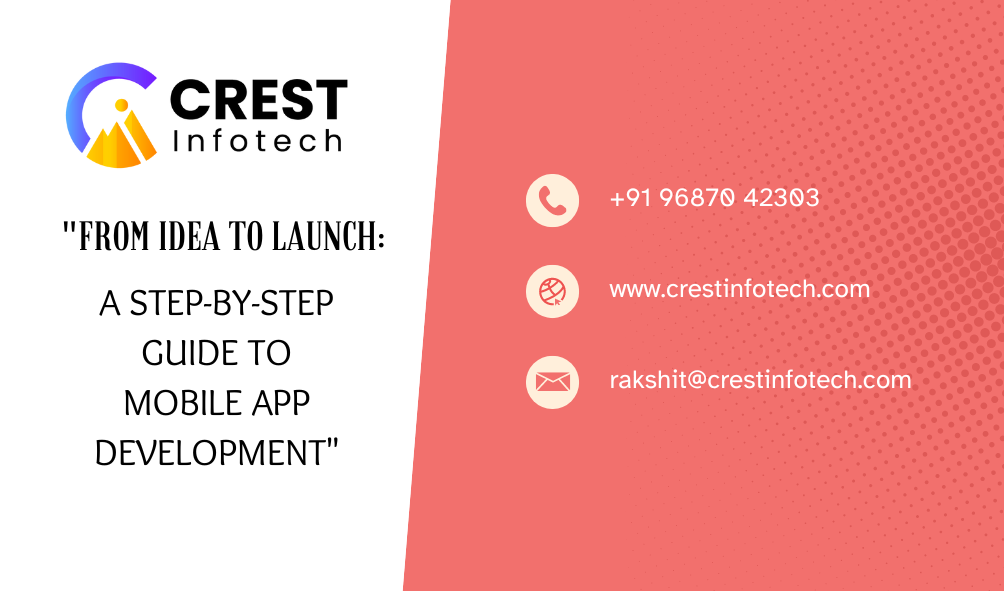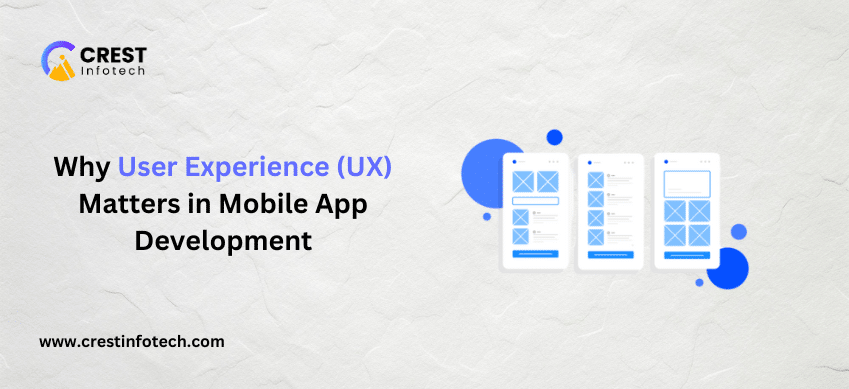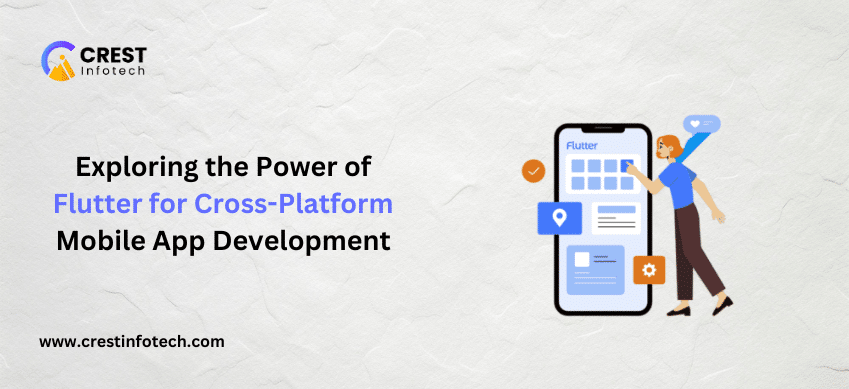1. Define Your Idea and Goals
Brainstorming:
Start by brainstorming app ideas based on your interests, market trends, and user needs. Consider conducting market research to identify gaps and opportunities.
Define Your Goals:
Clearly define the goals and objectives of your app. What problem does it solve? Who is your target audience? What are your key metrics for success?
2. Research and Planning
Market Research:
Conduct thorough market research to understand your target audience, competitors, and industry trends. Analyze similar apps to identify strengths, weaknesses, and opportunities.
Define Features and Functionality:
Based on your research, define the features and functionality your app will offer. Create wireframes and user flows to visualize the app’s structure and navigation.
3. Design Your App
User Interface (UI) Design:
Create visually appealing UI designs that reflect your brand identity and enhance the user experience. Pay attention to usability, accessibility, and consistency.
User Experience (UX) Design:
Focus on creating intuitive and user-friendly interactions. Consider user feedback and iterate on your designs to improve usability.
4. Development
Choose the Right Technology Stack:
Select the appropriate technology stack based on your app requirements, target platforms, and development expertise. Common technologies include:
- iOS: Swift or Objective-C with Xcode.
- Android: Java or Kotlin with Android Studio.
- Cross-Platform: React Native, Flutter, or Xamarin.
Develop the Minimum Viable Product (MVP):
Start with building the core features of your app to validate your idea and gather feedback from users. Iterate on your MVP based on user testing and feedback.
Backend Development:
If your app requires server-side functionality or data storage, develop the necessary backend infrastructure using technologies like Node.js, Django, or Firebase.
5. Testing and Quality Assurance
Functional Testing:
Test your app’s functionality to ensure all features work as expected across different devices and platforms.
Usability Testing:
Conduct usability testing with real users to identify any usability issues or pain points. Use their feedback to refine your app.
Performance Testing:
Test your app’s performance, including load times, responsiveness, and battery usage, to ensure a smooth user experience.
6. Deployment and Launch
App Store Registration:
Register for developer accounts on the Apple App Store and Google Play Store. Prepare app assets, descriptions, and screenshots according to store guidelines.
App Submission:
Submit your app to the app stores for review. Ensure compliance with app store guidelines and policies to avoid rejections.
Marketing and Promotion:
Plan your app marketing strategy to create buzz and generate interest before launch. Utilize social media, press releases, influencers, and app store optimization (ASO) techniques.
7. Post-Launch Activities
Monitor Performance:
Track key metrics such as downloads, active users, retention rates, and user feedback. Use analytics tools to gain insights into user behavior.
Gather Feedback:
Continue gathering feedback from users and iterate on your app based on their suggestions and needs.
Release Updates:
Regularly release updates to fix bugs, add new features, and improve overall user experience.
8. Monetization Strategies
In-App Purchases:
Offer premium features, subscriptions, or virtual goods for purchase within your app.
Advertising:
Monetize your app through in-app advertising, including banner ads, interstitials, or rewarded videos.
Freemium Model:
Offer a basic version of your app for free and charge for premium features or content.
Subscription Model:
Charge users a recurring fee for access to your app’s content or services.
Conclusion
Bringing your mobile app idea to life requires careful planning, execution, and perseverance. By following this step-by-step guide, you can navigate the mobile app development process more effectively and increase your chances of success. Remember to stay flexible, listen to user feedback, and continuously iterate on your app to meet evolving user needs and market trends. With dedication and the right strategy, you can turn your app idea into a successful product that delights users and achieves your business goals.



